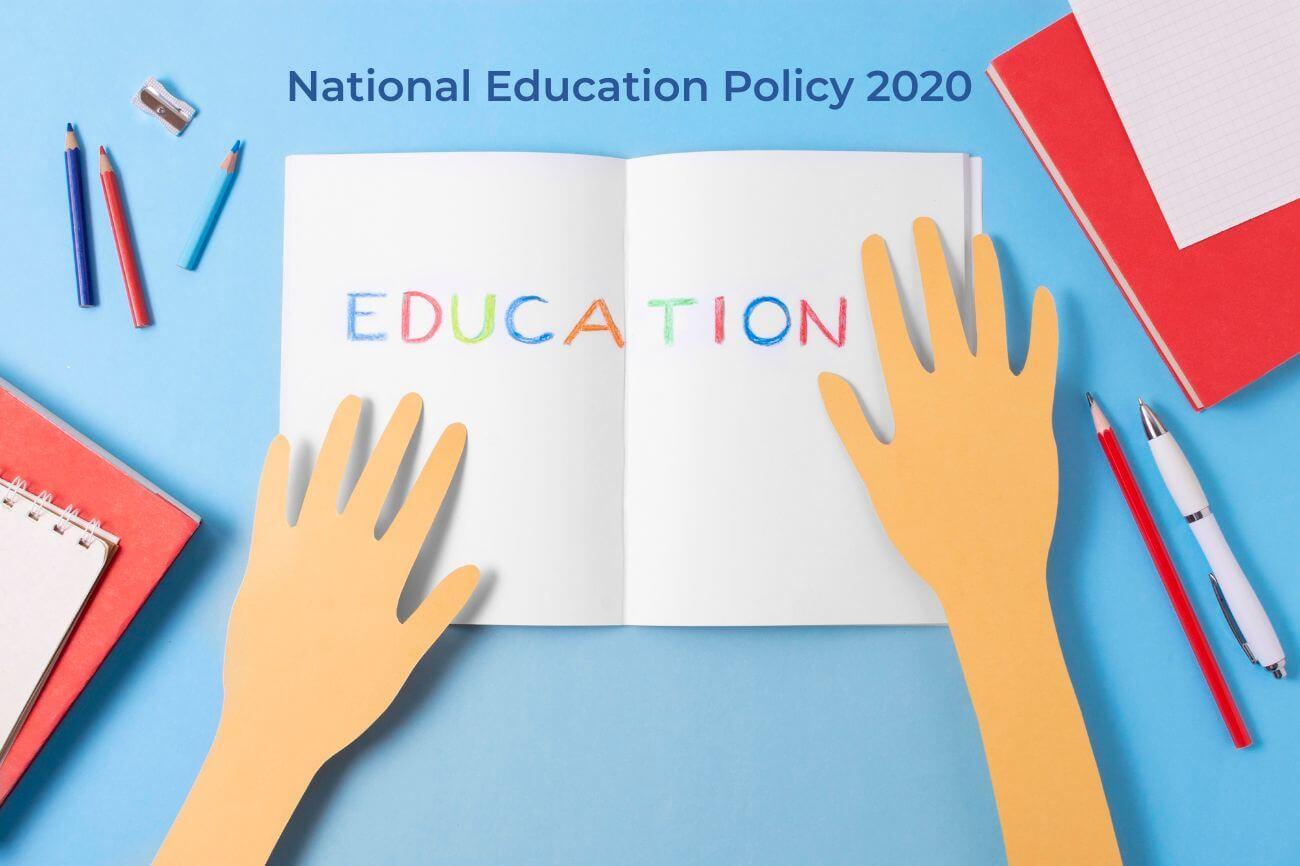
The 5+3+3+4 Education System: Understanding NEP 2020's Framework
The National Education Policy 2020 of India replaces the traditional 10+2 structure with the new 5+3+3+4 education system, which is one of its most effective elements. The new educational plan aims to create a more comprehensive foundation for secondary school by using the 10 plus 2 years structure, which was focused on a constructive method of teaching. For example, the 5+3+3+4 system gives students more freedom of choice by allowing them to acquire an extensive understanding at the elementary level before letting them choose the educational path they want to take later on with the guidance of people involved in teaching jobs. Students can now develop their talents and interests in an even more tailored and individual way thanks to this revised approach, which better prepares them for their future pursuits.
What exactly is the 5+3+3+4 Education System?
There are no additional school years in India's 5+3+3+4 education system. Since the length of time a student spends in an educational institution is constant, the heavy burden has lessened. With a 5+3+3+4 educational pattern, the National Education Policy 2020 includes playschools as well as nursery and kindergarten classrooms in its definition of "formal education." This strategy takes into account the distinctions between professional and academic interests as well as extracurricular and curricular activities. The framework makes sure that every factor is taken into account for a comprehensive educational experience. Students can flourish and grow in this supportive environment, enabling them to realize their greatest potential.
Defining the 5+3+3+4 structure
Based on the new school education system defined in NEP 2020, students are expected to spend five years in the Foundational stage, three years in the Preparatory stage, the Middle Stage lasts three years, and the Secondary Stage lasts four years. The phases have been separated into those that correspond to a child's cognitive stages in early childhood, school, and secondary school.
The many levels of the new school education system are broken down by age as follows-
-
5 year foundational stage:
For children ages 3 to 8
Preschool, Anganwadi, Class 1, Class 2, and Class 3 The national education policy states that the fundamental level of education will include two years of primary school (classes 1 and 2) after three years of preschool or Anganwadi education. The focus of this stage will be on the growth of language and based on play or activity-based teaching strategies.
-
The Three-Year Preparatory Stage:
For children 8 to 11 years old
For classes in grades 3 through 5 Language and numeracy skills will be emphasized during the preparatory time. Here, relationships in the classroom and the element of discovery would be used, as well as play and activity-based teaching and learning.
-
Three years of middle-stage
11 to 14 years of age
6th through 8th-grade classes The critical learning objectives that will be the focus of this level of school instruction, according to NEP 2020, mark a considerable change from the rote learning techniques that have traditionally been employed in our educational system.
This stage will be centered on experiential learning in the sciences, arts, mathematics, social sciences, and humanities.
-
Four years at the secondary stage
The age group of 14 to 18 years age
for grades 9th through 12thThis level will include courses 9 and 10, as well as classes 11 and 12. The biggest shift in these seminars is the move to a multidisciplinary system where students can select from a variety of topic combinations based on their skills and interests as opposed to being rigidly categorized into the Arts, Science, and Commerce divisions. Once more, this level will place emphasis on critical thinking and mental flexibility.
Advantages of the 5+3+3+4 configuration
Lays the fundamental framework
- India faces enormous difficulties when it comes to transferring children from Anganwadis and playschools to formal education. Children require a solid foundation at the fundamental level in order to be able to continue learning as they get older.
- The new initiative emphasizes the significance of development by enrolling kids between the ages of 3 and 6 in formal education.
- If students lack the necessary language and math skills, they will not be able to teach themselves. The ability to learn for oneself could suffer greatly if the basis of learning is weak.
- Practitioners as well as scholars agree that early childhood education and care (ECCE) is crucial in defining a child's future. As a result, the NEP's biggest accomplishment is perhaps the inclusion of pre-primary under its purview.
Better career guidance
- Stronger career counseling services are needed to help students make the best decisions possible because the new educational system includes multidisciplinary education and topic selection in the middle school years.
- Choosing favorite themes as early as middle school may put the onus of making a professional decision on the shoulders of the parents or the teacher, who is frequently ill-equipped to do so.
- As a result, the switch from the 10+2 to the 5+3+3+4 system offers lots of opportunities for student growth and sheds light on the areas where schools can concentrate to advance.
Final Thoughts
The framework of the educational model has been updated from the classic 10+2 to the most recent 5+3+3+4 model. With so much potential for student progress in the new system, it is clear which areas in schools still require work. A cumulative change has also been made to the exam format. The most recent pattern update will evaluate key ideas and knowledge usage in board exams. Using scientific approaches to teaching and learning models, the educational system seeks to bring India up to par with the top nations of the globe. For all stakeholders to participate in the educational process, teaching will provide solutions for the educational infrastructure as well as a collection of school ERP & LMS components.
Recent Blogs

For kids to achieve well, teachers must

One of the most crucial aspects of your